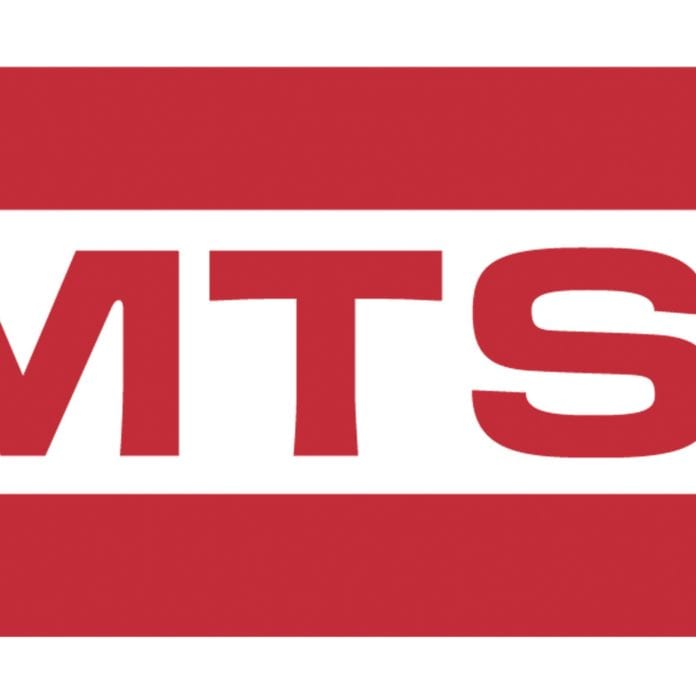What does an IoT platform do?
An IoT system consists of the individual field devices — temperature sensors, door cameras, refrigerators or what have you; the cloud, where the data is stored, and much of the analysis is done; and the platform, the set of software that connects everything, manages interactions among the sensors and the cloud, and does much of the computational heavy lifting; and a user interface. In some real-time applications, much or all of the computation may be done in the field device or in a gateway, without a cloud connection.
Choosing between proprietary and open-source platforms
One choice is subscription-based: Platform as a Service (PaaS), in which one supplier handles everything through its cloud. PaaS is convenient: the vendor provides everything and maintains it. You do the development within the set parameters and don’t worry about the internal machinery. For this, you pay a regular fee for licensing and service. There are hundreds of IoT platforms available, and more appear at a steady rate.
The alternative is to go open source. An Open-Source platform gives you more control and more freedom, but it puts more responsibility on you. You also pay a (smaller) fee. Examples include the Kaa project, ThingsBoard, Thinger.io, Mainflux, DeviceHive, and DSA, among others. DSA.org plans to bring together a community of suppliers and users. While it would appear that a standardized open-source IoT architecture would take business away from some providers, remember that Linux is both open-source and commercially successful.
What features are important?
A major challenge with an IoT platform is making sure that it’s future-proof. Technologies change constantly, and both new features and new threats appear. Platform providers may come and go, merge, or stop supporting your platform. So, if you’re planning to use a proprietary platform be sure to do your due diligence. Make sure the platform vendor is stable business-wise, knows your industry, and has the engineering horsepower to make changes as needed.
If you’re planning to roll out your own, make sure you have expertise in the house to do all those things that a platform vendor does, including keeping things up to date, responding to changes in software at all levels, and keeping an eye on threats as they evolve.
Criteria
There are a number of considerations to keep in mind when choosing or creating an IoT platform:
- Is it scalable, and is it flexible? Needs inevitably change, and your IoT platform must be able to change with them, without a lot of reconfiguration and redesign.
- Is it easy to use? You won’t want to be spending time and money on something that will require constant fiddling and jumping through hoops.
- Will it work with all your hardware, and with any hardware you may change in the future?
- Is it secure? This includes all aspects, including end devices, communication links, and all those functions — data storage, data analysis, etc.— that will be done in the cloud.
- Does the provider have a solid data recovery plan in case something goes wrong? How long will recovery take?
- How much does it cost? This includes both initial and on-going costs. Does the pricing fit the way you do business, and how will it change as your needs evolve?
Choosing, as outlined above, can require considerable research; one way to shorten the process is to check out the use cases in your industry here at Enterprise IoT Insights. There’s nothing like a real-world example to aid in understanding and give confidence.

